When you look back on history, it’s often easy to laugh or scratch your head at some of the mistakes humans have made.
From botched military campaigns to unfortunate technological blunders, the 15 biggest missteps, miscalculations, and mess-ups in history are a trove of learning experiences for us all.
Embark on a journey of discovery as we examine some major mistakes in history, from the distant past to modern times. Get ready for an exploration into catastrophic blunders that have had reverberating effects throughout the world!
The Leaning Tower of Pisa
This renowned blunder of a building is one of history’s most iconic symbols of human error. In 1173, construction began on what was meant to be an impressive bell tower for the Italian city of Pisa.
It wasn’t long before builders realized the foundation was sinking into the ground, causing the structure to lean. To this day, the structure still stands, and it’s one of the most visited landmarks in the world.
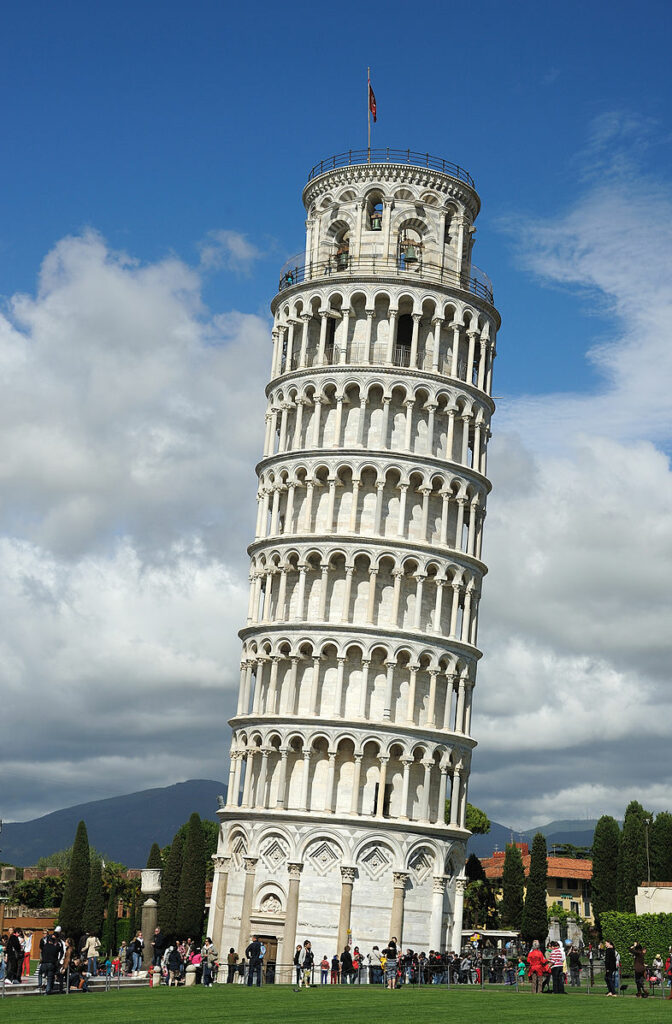
The Titanic
Boasted for being “unsinkable,” the Titanic’s sinking in 1912 is one of the most infamous catastrophes in history. And through the lens of cinema, the Titanic’s unfortunate history has been enshrined for all the world to see.
Despite being equipped with the latest technologies and safety features, it collided with an immense iceberg one night, flooding the ship and causing it to sink in less than three hours. In the end, over 1,500 lives of the total 2,200 onboard tragically lost their lives.
To this day, the Titanic remains a potent reminder of human hubris and how mistakes can still be made even with modern technology.
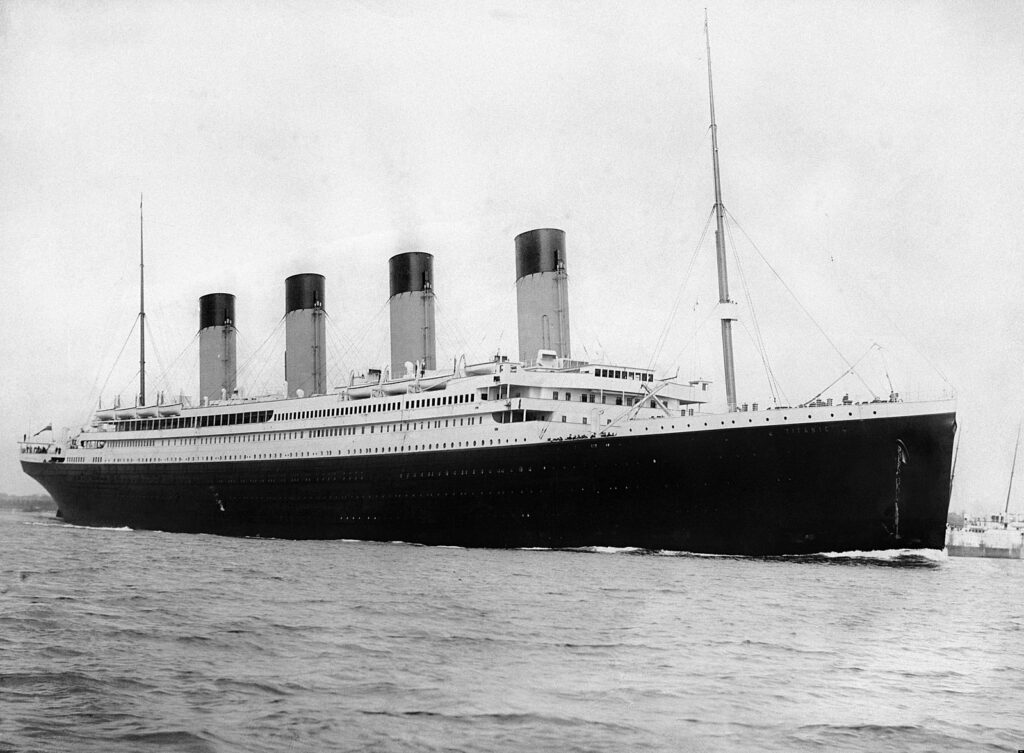
Chernobyl
The catastrophic nuclear disaster of Chernobyl will go down in history as one of the biggest tragedies caused by human error. In 1986, a Soviet nuclear reactor malfunctioned, resulting in a massive explosion within the plant.
The toxic fallout spread across Europe, resulting in thousands of people becoming victims of radiation poisoning. It took nearly ten years to clean up the disaster and its deadly after-effects—a sobering reminder of just how dangerous our mistakes can be.
As the Chernobyl incident poignantly demonstrates, it is crucial to take precautions when dealing with powerful technologies. Similarly to the Titanic’s legacy that has been preserved in several films, there have also been cinematic representations of this tragic event, thus ensuring its memory for generations to come.
Russia Selling Alaska
In a somewhat lesser-known error on Russia’s part, the country made a massive financial blunder in the 19th century. In 1867, Tsar Alexander II sold off Alaska for 7.2 million dollars to the United States—a deal known as “Seward’s Folly.”
At the time, many people thought it was a foolish move by the United States to purchase a barren wasteland. But little did they know that Alaska was rich in oil, gold, and other resources, making it an incredibly valuable asset today.
How different would the world be today had Alexander II not made this sale? We’ll never know. But it’s safe to say that this mistake left a lasting mark on history.
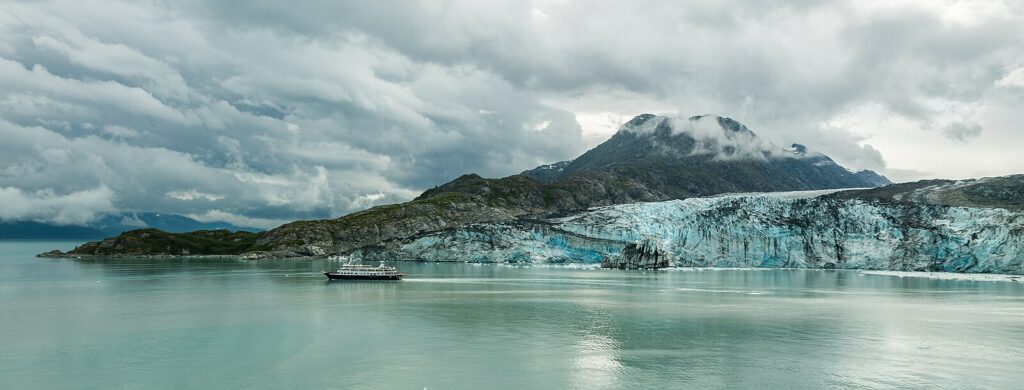
The Hindenburg
The Hindenburg stands as one of the most catastrophic aerial disasters in history, tragically ending with 36 fatalities—nearly a third of those aboard. In 1937, this gargantuan German airship famously burst into flames and plummeted to the ground upon attempting to land in New Jersey.
While it’s still undetermined what exactly caused this disaster, theorists suggest that an electrical spark sparked by its hydrogen gas-filled hull could be responsible for such tragedy.
The horrific Hindenburg tragedy is a testament to the danger of technology, which serves as an unforgettable reminder that even in an age of modern inventions, things can still go awry. Its legacy has been preserved through films and literature for future generations to reflect upon.
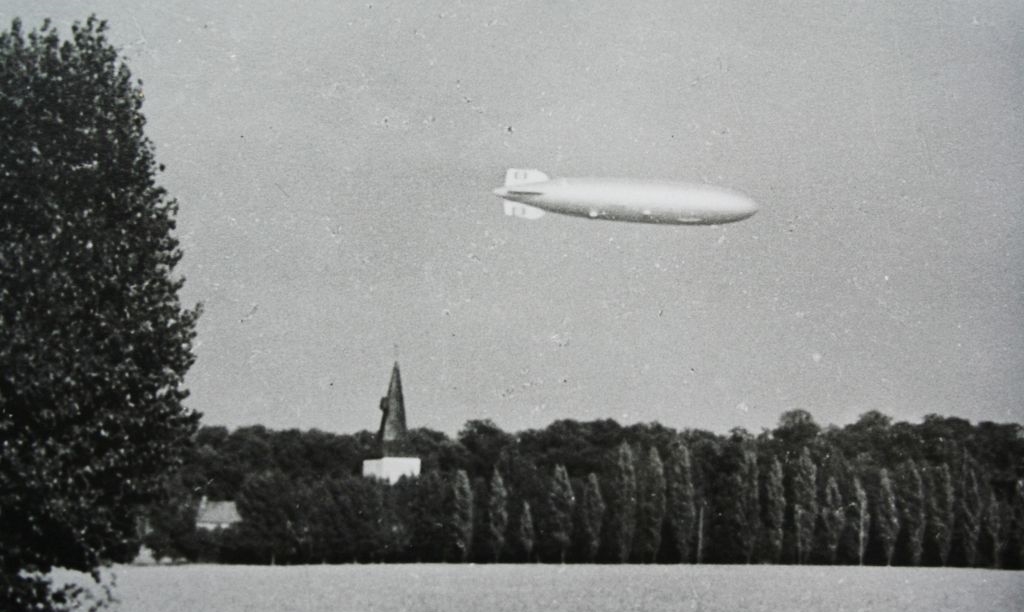
Alexander the Great’s Heir Blunder
Alexander the Great is known for his many glorious battles and conquests, but one of his most fateful decisions was a mistake—not naming an heir to his incredible empire upon his untimely death.
This error led to a power struggle between Alexander’s generals, who fought for control of the vast kingdom. Eventually, the empire was broken up into smaller ones and descended into chaos—a situation that still reverberates today in some parts of the Middle East.
It’s a sad tale, considering the enormous legacy that Alexander the Great could have left behind. This historic mistake should warn others of the importance of having an heir in order to secure one’s legacy and ensure continuity.
The Apollo 13 Disaster
The ill-fated Apollo 13 mission is a prime example of how even with all our technology, things can still go wrong in a split second. In 1970, the spacecraft encountered mechanical difficulties during its mission to the moon, resulting in an aborted landing and a harrowing trip back home for the astronauts.
The famous phrase “Houston, we have a problem” has become synonymous with this disaster. The Apollo 13 crew was miraculously rescued thanks to their skill and the hard work of the NASA engineers and ground crew back on Earth.
This event was a stark reminder of the dangers of exploration and provided valuable lessons that would be applied to future missions.
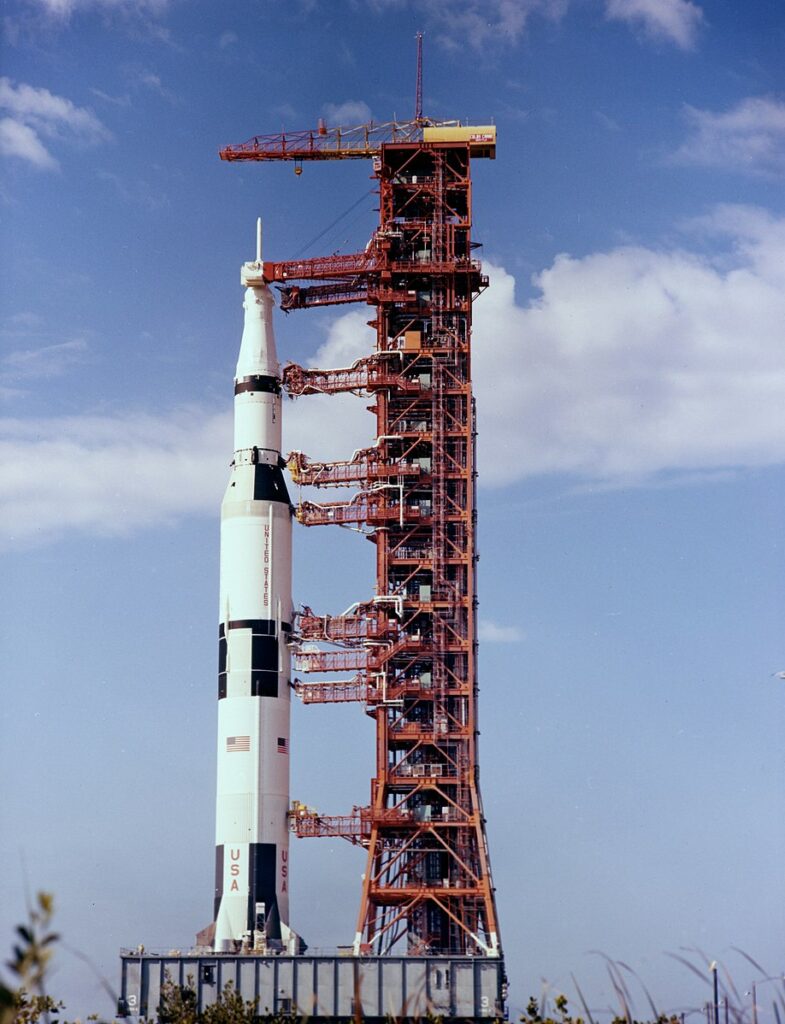
BP’s Oil Spill
BP’s Deepwater Horizon oil spill in 2010 is one of the worst environmental disasters in history. The explosion on the offshore drilling platform caused an estimated 4.9 million barrels of oil to be released into the Gulf of Mexico—for 87 days!
The immediate effects were devastating, with marine life dying, beaches being polluted, and the livelihoods of many people being impacted. What’s worse, scientists are still uncovering the long-term effects that this man-made disaster has had on the environment.
BP was held accountable for its actions and has since implemented better safety procedures to prevent such disasters from occurring in the future.
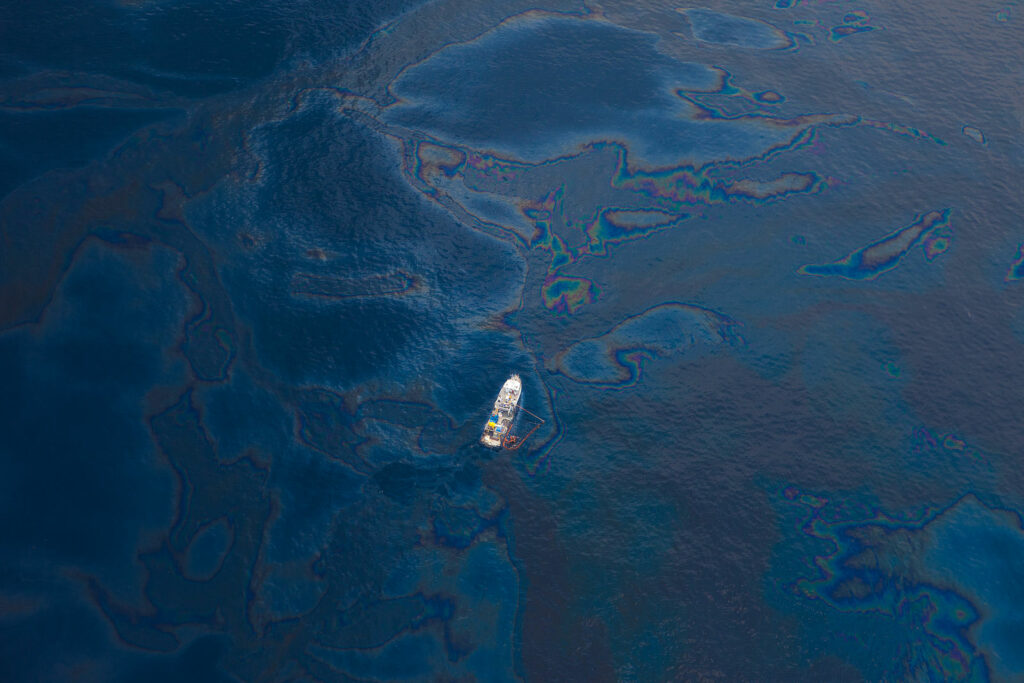
The Challenger Disaster
The Challenger disaster of 1986 will forever be remembered as a heartbreaking moment in modern history. On that fateful day, the space shuttle exploded just 73 seconds after launch due to a faulty solid rocket booster, killing all seven astronauts aboard.
This tragic event demonstrated how important safety protocols are and highlighted the risks of exploration and pushing our technological boundaries.
In its wake, NASA implemented a thorough review process for all future space missions in order to ensure the safety of its astronauts. Unfortunately, the damage was already done—and future generations will never forget the tragedy of the Challenger disaster.
Though it was an immense setback for space exploration and a heart-wrenching reminder of human fragility, this tragedy helped to improve the safety protocols of space exploration to ensure that future generations explore the unknown more safely.
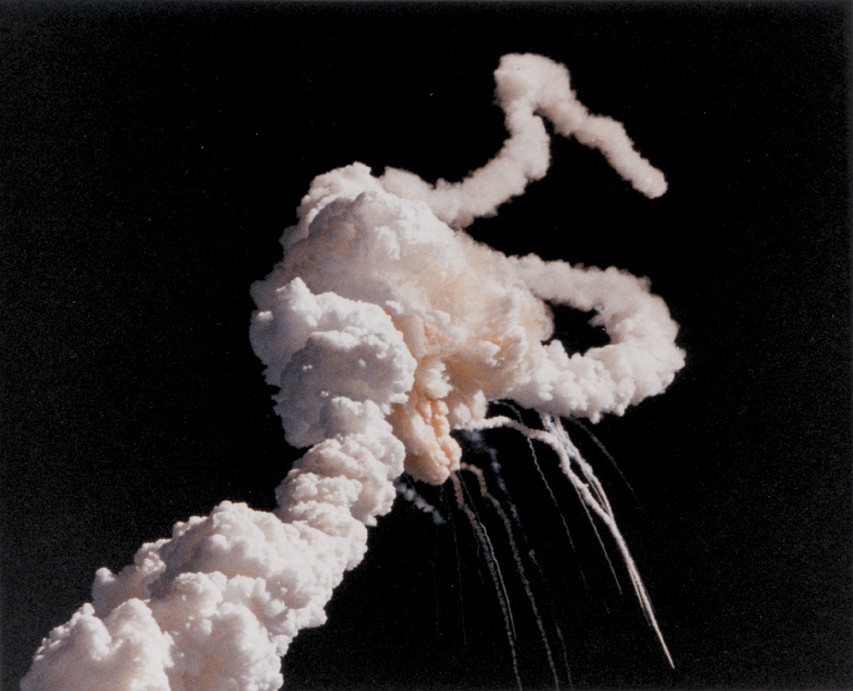
9/11
A touchy subject in its own right, 9/11 was a tragic day in American history. This terrorist attack resulted in the death of 2,996 people and remains the deadliest foreign attack on US soil since Pearl Harbor.
The attacks were found to have been perpetrated by al-Qaeda, which had been gradually gaining strength over the years due to an increase in its recruitment efforts.
However, since the attacks took place, information has come to light to suggest that the US government was aware of the terror group’s activities and had failed to act on the warnings.
The attacks on September 11, 2001, set in motion a series of security measures across the United States, making it harder for terrorists to perpetrate such atrocities in the future. 9/11 will always be remembered as a day of tragedy, but one has to wonder if prompt action could have prevented it from happening in the first place.
Though the US government was not able to prevent this disaster, they have worked hard over the years to make sure that such an attack never happens again.
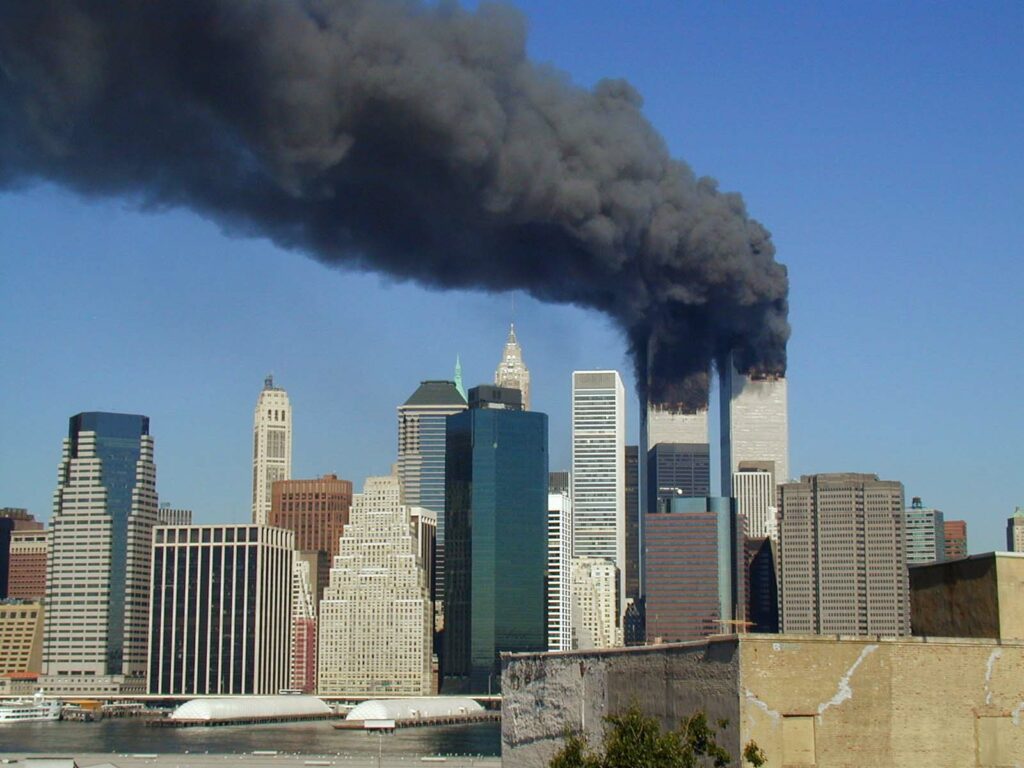
The Great Fire of London
This catastrophic fire of 1666 ripped through London, leaving a trail of destruction and thousands homeless. While the cause is still contested to this day, it’s speculated that an accidental spark from a bakery on Pudding Lane started the blaze.
For a harrowing total of four days and nights, the Great Fire raged, consuming 85% of all buildings in its path. This tragedy instilled forever-lasting lessons in future generations about fire safety precautions.
Moreover, it highlighted how unifying people can be even during their darkest hours—citizens joined forces to reconstruct what had been lost over almost three years following the disaster.
The Great Fire of London stands as an essential reminder of how vulnerable cities are and serves to caution other metropolitan areas around the globe to take preventive measures in order to avoid similar catastrophes.
Despite this terrible event, it inspired the introduction of more efficient construction rules and improved fire prevention regulations in London—lessons that have been taken on board by many other major cities across the world.
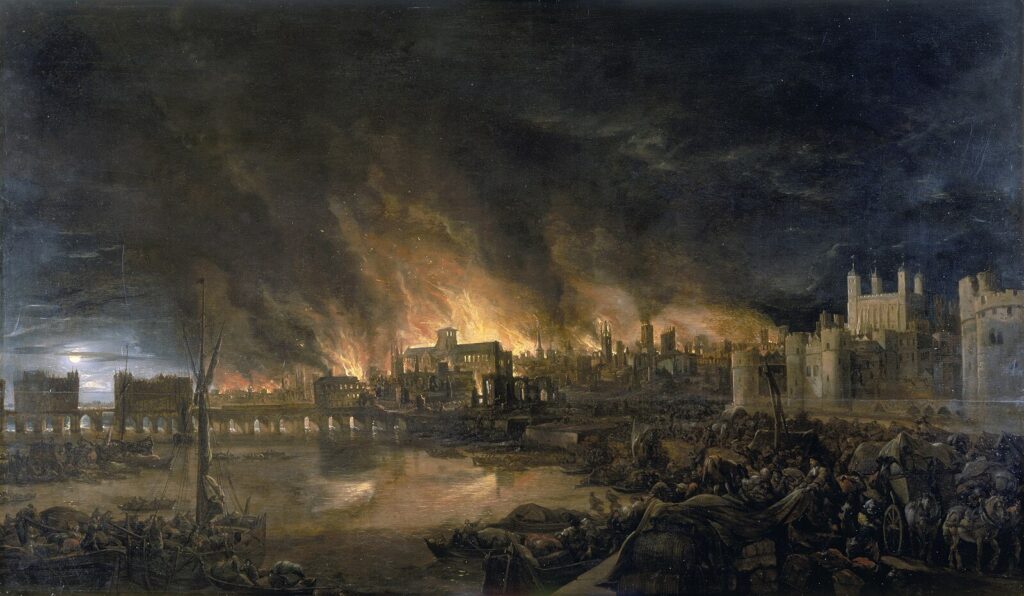
NASA and the Mars Climate Orbiter
In 1999, NASA set out to explore the red planet and launched its Mars Climate Orbiter. Unfortunately, the spacecraft was lost due to a miscalculation in navigation.
The mistake was caused by a wrong conversion from imperial to metric units, which resulted in the spacecraft flying too close to the Martian surface, eventually leading to its destruction.
This accidental mishap was an enormous setback for the US space agency, as the Mars Climate Orbiter had a price tag of more than $125 million!
Fortunately, NASA used this mishap to improve its protocols and safety procedures, introducing more rigorous testing processes before sending any further spacecraft into the cosmos.
The loss of the Mars Climate Orbiter was an expensive yet invaluable lesson to NASA—one that they’ll never forget!
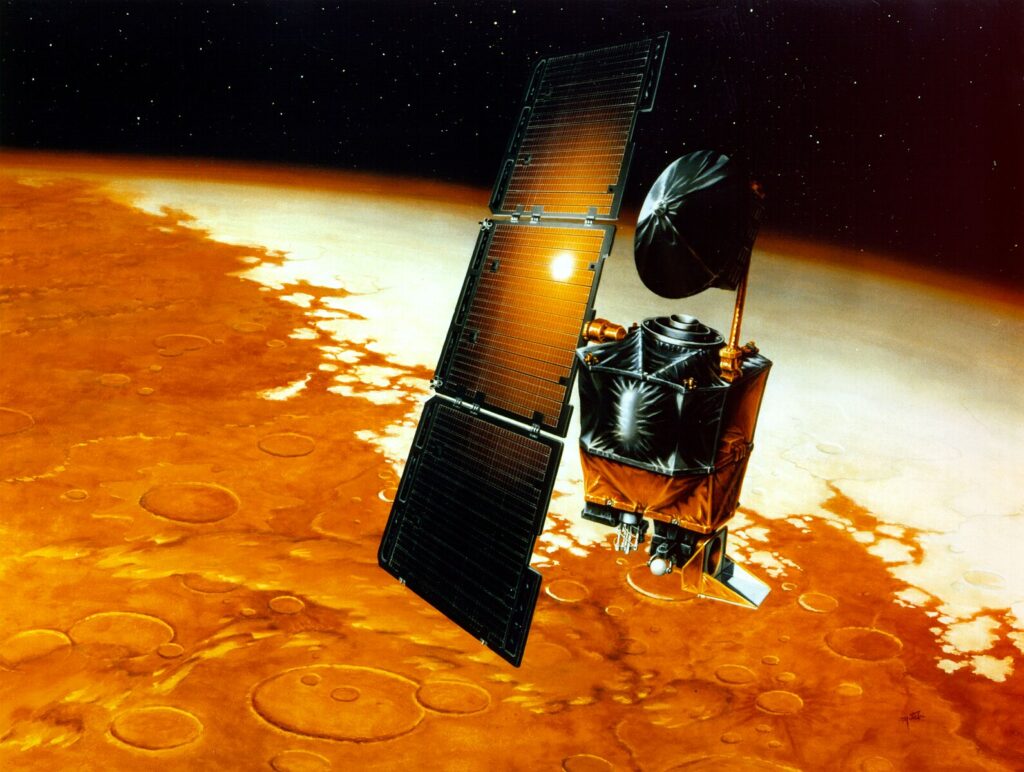
Three Mile Island Nuclear Incident
This nuclear power plant in Pennsylvania was the site of one of the most serious accidents in US history. On March 28, 1979, a series of malfunctions caused the plant’s cooling system to fail, enabling its nuclear core to overheat.
The ensuing crisis prompted a partial meltdown, leading to the release of radiation into the surrounding environment. Thankfully, this was contained, and no one was hurt or killed from direct exposure.
However, this incident had a devastating effect on the nuclear industry—raising public concerns about safety, which still linger today. The good news is that this event has resulted in far stricter regulations and improved safety protocols, protecting us from the catastrophic effects of future accidents.
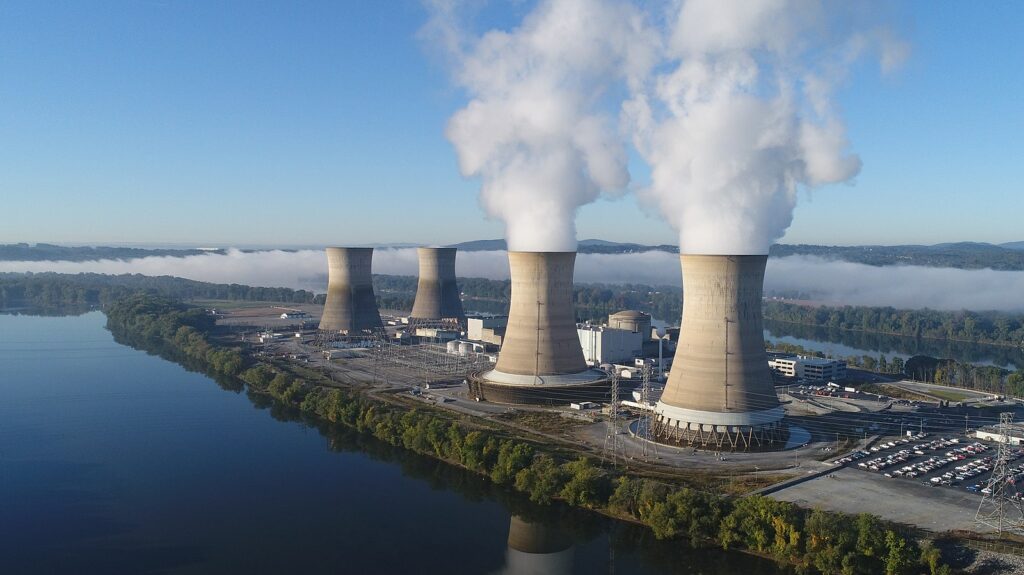
Excite Turns Down Google Buy
In 1999, the founders of Google, Larry Page and Sergey Brin, offered to sell their fledgling search engine to Excite for a mere $1 million.
Shockingly, Excite turned them down, citing a lack of confidence in their product. However, Google eventually took off and would go on to become one of the most valuable companies in the world.
Had Excite accepted the offer, they would’ve been able to reap billions—even trillions—of dollars in profits and dominate the search engine market. Instead, they missed out on a golden opportunity—a mistake that will likely haunt them forever.
Today, Google is valued at more than $1.3 trillion. Trillion, with a “T.” It just goes to show you how costly a seemingly insignificant decision can be.
The Trojan Horse
The Trojan Horse is a classic example of the power of deception. This sneaky wooden horse, concocted by Odysseus and his warriors, was used to trick the Trojans into bringing it inside their city walls—only for them to discover that it was full of Greek soldiers.
This infamous blunder made its way into many legends and has been immortalized in the works of Homer and Virgil and in films like 2004’s Troy. Its legacy is a reminder that the Trojans were still vulnerable to trickery even with all their military might.
The concept of the Trojan Horse has become a cautionary tale to remind us of the importance of being wary of the intentions behind any kind of gift, no matter how harmless it may seem.
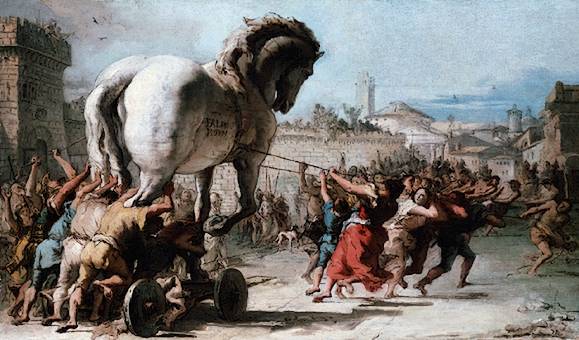
Conclusion
As these 15 examples prove, mistakes can have disastrous consequences. But they can also lead to positive change—as long as we learn from them and take steps to ensure that we don’t repeat them.
Whether it’s a small business gaffe or an international disaster, every mistake has the potential to teach valuable lessons. It’s just up to us to make sure that we heed the warnings and move forward with greater wisdom and understanding.
Sources:
https://www.britannica.com/topic/Trojan-horse
https://www.history.com/topics/early-20th-century-us/titanic
https://www.livescience.com/39961-chernobyl.html
https://guides.loc.gov/alaska-treaty
https://www.space.com/17250-apollo-13-facts.html
https://www.epa.gov/enforcement/deepwater-horizon-bp-gulf-mexico-oil-spill
https://www.nasa.gov/feature/35-years-ago-remembering-challenger-and-her-crew
https://www.govinfo.gov/content/pkg/GPO-911REPORT/pdf/GPO-911REPORT-17.pdf
https://www.historic-uk.com/HistoryUK/HistoryofEngland/The-Great-Fire-of-London/
https://solarsystem.nasa.gov/missions/mars-climate-orbiter/in-depth/
https://www.nrc.gov/reading-rm/doc-collections/fact-sheets/3mile-isle.htm

